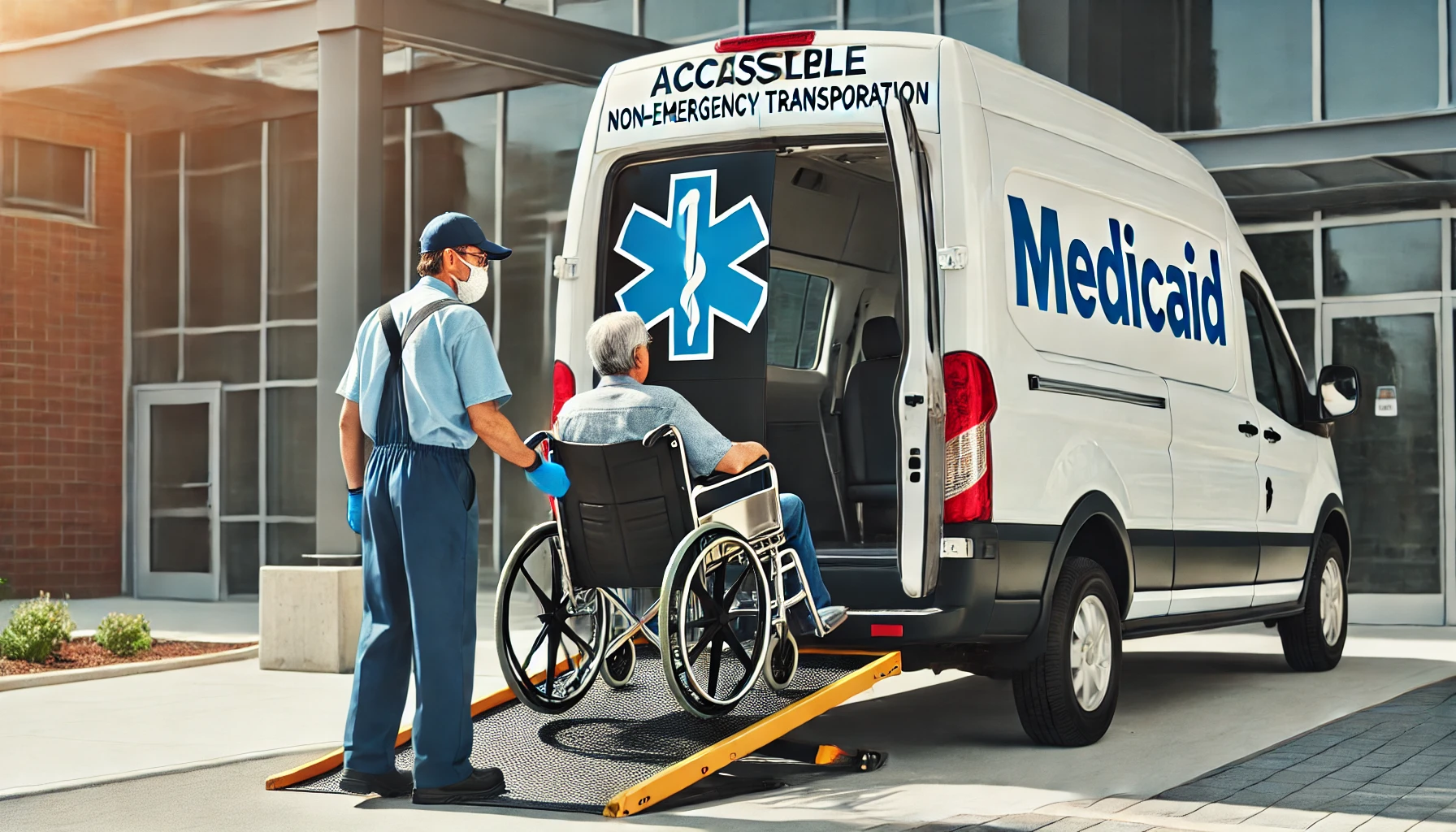How Much Does Medicaid Pay for Non-Emergency Transport? Shocking Facts!

Table of Contents
How much does Medicaid pay for non-emergency transport? Many people rely on Medicaid for essential healthcare services, and one often overlooked service is non-emergency transportation, which ensures individuals can attend their medical appointments without requiring immediate urgency. This article dives into the specifics, discussing everything from what the service includes to how payments are calculated.
What is Non-Emergency Medical Transportation (NEMT)?

Medicaid offers non-emergency medical transportation (NEMT) to help eligible individuals get to and from healthcare services when they cannot find other means of transportation. Unlike ambulances for emergency services, NEMT provides rides to regular doctor visits, dialysis treatments, therapy sessions, and other medical appointments that don’t require immediate, life-saving action.
NEMT services ensure that people with disabilities, low-income individuals, or those living in rural areas receive the necessary medical care. But how much does Medicaid pay for non-emergency transport? Let’s explore!
How Medicaid Covers Non-Emergency Medical Transportation

Medicaid’s coverage for NEMT varies depending on the state, as the federal government and individual states jointly fund Medicaid. However, most Medicaid plans include coverage for NEMT as a standard benefit. States either contract with transportation providers or manage transportation programs in-house.
Medicaid typically covers costs for transportation modes such as:
- Public buses and trains
- Taxis or ride-sharing services
- Special vehicles equipped for people with disabilities
However, how does Medicaid determine how much they pay for non-emergency transport?
Factors That Affect Medicaid’s Payment for NEMT
When asking how much does Medicaid pay for non-emergency transport, several factors influence the amount Medicaid covers:
- State Policy: Since Medicaid is state-administered, coverage amounts differ. Some states may pay for a wide range of transportation options, while others limit coverage to the least expensive form, like public transportation.
- Distance Traveled: The distance to your healthcare provider affects the cost Medicaid will cover. If you live far from medical facilities, the cost will be higher.
- Mode of Transportation: Medicaid will usually choose the most cost-effective mode of transportation. Special medical needs, like wheelchair accessibility, may require more expensive transport, which Medicaid covers to some extent.
- Medical Necessity: Medicaid will pay for non-emergency transportation for medical care, including attending doctor appointments, therapy sessions, or regular treatments.
How Much Does Medicaid Pay for Non-Emergency Transport?
While there isn’t a single answer for all states, Medicaid typically covers a significant portion of NEMT costs. In most cases, Medicaid pays 100% of the transportation costs for eligible beneficiaries. However, depending on local regulations, some states may require co-payments or apply limits to specific services.
State-by-State Breakdown
Here are some examples of how states handle Medicaid’s non-emergency transportation payments:
- New York: Medicaid covers the full cost of NEMT without co-pays.
- Florida: Medicaid covers NEMT fully, but some beneficiaries might need prior approval for certain transportation modes.
- California: Medicaid, also known as Medi-Cal, pays for various types of non-emergency transport, including rides for individuals with special needs.
Eligibility for Medicaid’s Non-Emergency Transport
You must meet specific criteria to be eligible for Medicaid’s non-emergency transportation services. Medicaid ensures that only individuals who genuinely need transportation assistance can benefit.
Who Qualifies for NEMT?
- Medicaid recipients who don’t have access to other transportation for medical care.
- Individuals who have a doctor’s note specifying the need for special transportation.
- Disabled individuals who require accessible vehicles.
Medicaid eligibility depends on both income and medical necessity. You must also confirm with your local Medicaid office whether you need prior authorization for certain services, as this varies by state.
How to Access Medicaid’s Non-Emergency Transport
To access non-emergency transportation services under Medicaid, the process generally follows these steps:
- Contact Medicaid’s NEMT provider: States typically work with specific transportation providers to offer these services. Contact your state’s Medicaid office or NEMT provider directly to arrange transport.
- Book Ahead of Time: Most services require booking to ensure that transportation is available on the needed date. It’s advisable to schedule at least 48 hours before your appointment.
- Provide Medical Documentation: In some cases, Medicaid may require documentation from your healthcare provider to verify the medical necessity of the transportation.
Also Read: How Long Does Swelling Last After Wisdom Teeth Removal? Shocking Truth Revealed
Shocking Facts About Medicaid’s Non-Emergency Transport
Now that we’ve discussed how Medicaid covers non-emergency transport, here are a few surprising facts:
- Billions in Spending: Medicaid spends billions annually on NEMT services. The cost varies by state, but the service is critical to making healthcare accessible to low-income individuals.
- Misuse of Services: Some have misused Medicaid’s transportation services. Some beneficiaries have used the service for non-medical purposes, increasing costs and restrictions.
- State Variations: Some states, such as New York, have incredibly robust transportation services, while others have more limited options, leading to disparities in access to healthcare.
Medicaid plays a crucial role in providing access to healthcare services, including non-emergency transportation. Although the payment amounts and coverage options differ by state, Medicaid typically covers the full cost for eligible individuals. Whether it’s a routine checkup or specialized transport due to a disability, Medicaid ensures that transportation isn’t a barrier to receiving medical care. So, how much does Medicaid pay for non-emergency transport? Generally, the program pays the full amount for those who qualify, ensuring they can access necessary healthcare without transportation challenges.
Understanding how much does Medicaid pay for non-emergency transport can help beneficiaries fully utilise these essential services. It’s always a good idea to check with your local Medicaid office for detailed information about your state and personal situation.



